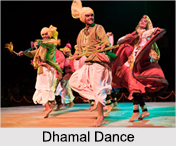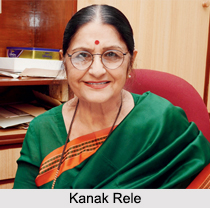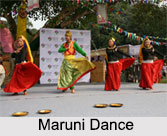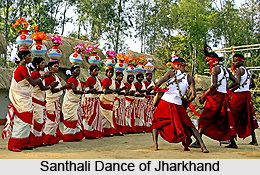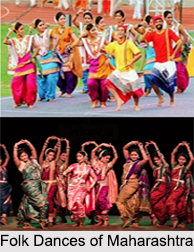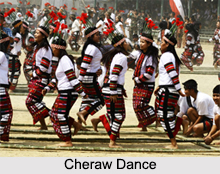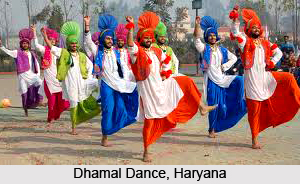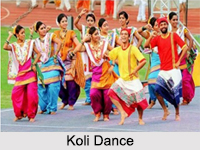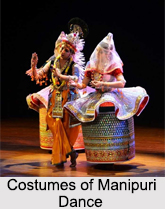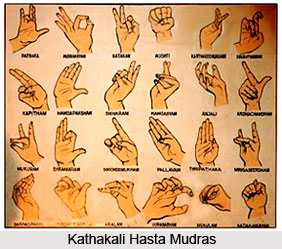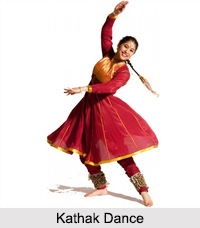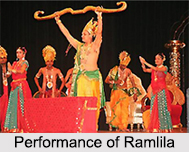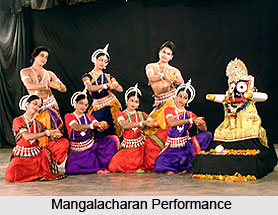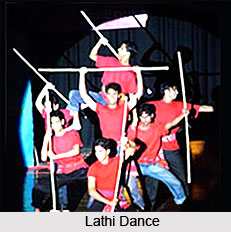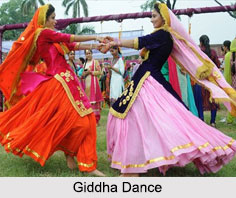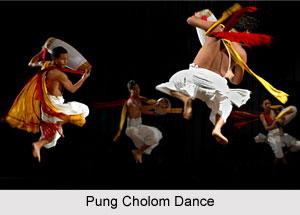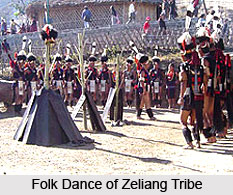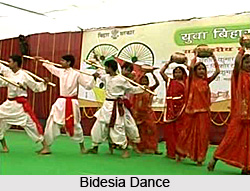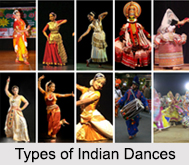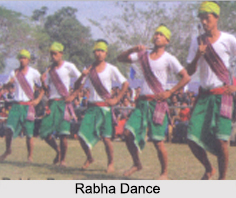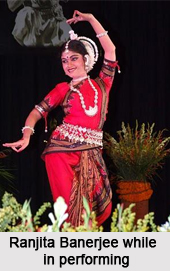 Rajnita Banerjee is a young Odissi dancer from Kolkata, is a disciple of far famed Odissi dancer Guru Ratikant Mohapatra. Her perseverance and devotion to Odissi and her quick climb from one height to another are apparent in the number of esteemed performances she has given inside and outside the country.
Rajnita Banerjee is a young Odissi dancer from Kolkata, is a disciple of far famed Odissi dancer Guru Ratikant Mohapatra. Her perseverance and devotion to Odissi and her quick climb from one height to another are apparent in the number of esteemed performances she has given inside and outside the country.
Early life of Ranjita Banerjee
Rajnita Banerjee from the tender age of five years started learning the traditional dance form Odissi under the great tutelage of her mother Smt. Manjushree Banerjee. Smt. Manjushree Banerjee is regarded as one of the highly esteemed dancer who also teaches dance in Kolkata. Rajnita Banerjee therefore grew up in an artistic environment. Her interest in dance grew up from her childhood and parents always encouraged her interest in the field. At Srijan, Bhubaneswar, she has also received training under the great Odissi dance guru Kelucharan Mohapatra. After rigorous training of ten years under this renowned guru, Rajnita Banerjee finally grew up as a quality dancer of Odissi. Rajnita Banerjee has also bagged the honor of getting the training under the illustrious guru, Smt. Alok Kanungo and Smt. Sujata Mohapatra.
Career of Ranjita Banerjee
Presently Rajnita Banerjee is also under going training process under Guru Ratikant Mohapatra. In due course of her training she has imbibed the inwardness of this traditional dance form. With her guru, her association resulted into a purified and perfect form of dance. Odissi, through her performances expresses its finest quality. She however managed to portray the most significant sense of balance in Odissi that eventually blends `nritta (pure dance) and abhinaya`. Today Rajnita Banerjee is rapidly climbing to a highly esteemed height through her devotion towards the dance form. Besides this she has given a number of performances throughout the world and her performances have received high appreciation from the audience all over the world.
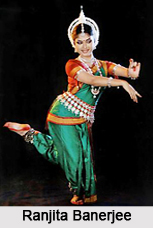 Rajnita Banerjee from Pracheen Kala Kendra, Chandigarh has appeared for odissi dance Diploma Course and completed 5th year examination successfully. She has also completed odissi dance Diploma course from Prayag Sangeet Samitee, Allahabad. In the month 17th March, 1999, West Bengal Sangeet Academy has conducted a competition where Rajnita Banerjee stood in the 5the position in the odissi dance competition. Rajnita has also participated in a talent search competition held at Centre for Cultural Resources Training Talent Search Competition (New Delhi) and she was conferred the scholarship in the field of odissi dance for the year of 2000. In the year 2003, Rajnita Banerjee, Indian Dancer she took part in the Sanjukta Panigrahi award competition and fetched the 3rd position in the competition. She also managed to fetch the 1st position at the all Bengal School competition in the year 2004. In the year 2005, Rajnita Banerjee has also took part in the Inter School Competition and stood 1st. West Bengal Sangeet Academy in the year 2007, conducted an Odissi dance competition where Rajnita won the 2nd position.
Rajnita Banerjee from Pracheen Kala Kendra, Chandigarh has appeared for odissi dance Diploma Course and completed 5th year examination successfully. She has also completed odissi dance Diploma course from Prayag Sangeet Samitee, Allahabad. In the month 17th March, 1999, West Bengal Sangeet Academy has conducted a competition where Rajnita Banerjee stood in the 5the position in the odissi dance competition. Rajnita has also participated in a talent search competition held at Centre for Cultural Resources Training Talent Search Competition (New Delhi) and she was conferred the scholarship in the field of odissi dance for the year of 2000. In the year 2003, Rajnita Banerjee, Indian Dancer she took part in the Sanjukta Panigrahi award competition and fetched the 3rd position in the competition. She also managed to fetch the 1st position at the all Bengal School competition in the year 2004. In the year 2005, Rajnita Banerjee has also took part in the Inter School Competition and stood 1st. West Bengal Sangeet Academy in the year 2007, conducted an Odissi dance competition where Rajnita won the 2nd position.
Rewards and Performances of Ranjita Banerjee
Apart from these accounts, Rajnita Banerjee has also participated at many other competitions and won prizes. From her childhood she has started assisting her mother and her group in many stage programs. Rajnita Banerjee today is successfully ruling over the stage both through her solo and group performances. She has also performed at the Doordarshan Kendra.
To mention a few notable performances given by her are: Group odissi dance program at Sisir Mancha on 30th Sept. 1997; Group odissi dance program at Sisir Mancha on 17th Oct. 1998; Solo odissi dance program at Rabindra Sadan on 1st July, 1998; Group odissi dance program at Gyan Mancha on 11th Dec. 1999; Group odissi dance program at Udyay Sankar Festival at Madhusudan Mancha on 13th Dec. 1999; Group odissi dance drama "Dashanan" with Guru Kelucharan Mahapatra, Sujata Mahapatra & Rati Kanta Mahapatra in Dover Lane Conference at Nazrul Mancha on 25th February, 2002; Solo & Group odissi dance performed at Hyderabad Shilparam organized by CCRT (New Delhi) & Andhra Pradesh Govt. on May, 2002; Group odissi dance at Netaji Indoor Stadium on the occasion of Inauguration of Diksha Manjuri and Barisha Sporting Club Centenary Festival on 28th November, 2002 at Netaji Indoor Stadium Chief Guest Smt. Lata Mangeskar; Solo odissi dance program at Madhusudan Mancha organised by Dance group federation on 26th April, 2003; Solo & Group odissi dance performed at Mahajati Sadan on 5th November, 2003 organized by Bengal Timber Merchants Association; Group odissi dance program performed at EZCC, Salt Lake on the occasion of Doordarshan festival in the month of 21st April, 2004; Solo & Group odissi dance performed at Nisha Gandhi Festival at Kerala in the month of 5th April 2004; Solo odissi dance performed at Durgapur ABL etc.
Some of her performances in the Doordarshan Kendra are: 1) Solo odissi dance performed in "Hare Kara Kamba" in the year 1997; 2) Group dance Title "Lakshmi Elo Ghare" as a Lakshni directed by Smt. Manjusree Banerjee in the year October, 1997; 3) Group odissi dance Title "Saraswati Bandana" as a Saraswati directed by Manjusree Banerjee 1998; 4) Group dance Title "Agamani" directed by Manjusree Banerjee in the year October, 1999; 5) Group dance drama "Devi Bijoya" directed by Manjusree Banerjee in the year 1999; 6) Group dance drama Title "Uma Elo Ghare" as a Durga directed by Manjusree Banerjee in the year October, 2000; 7) Group odissi dance performed Choreograph by Guru Kelucharan Mahapatra directed by Manjusree Banerjee in the August, 2001; 8) Solo & Group odissi dance performed in the month of July, 2003; 9) Group odissi dance performed in the month of April 2004; (10) Group Odissi performance choreographed by Guru Ratikant Mohapatra, 2007.
